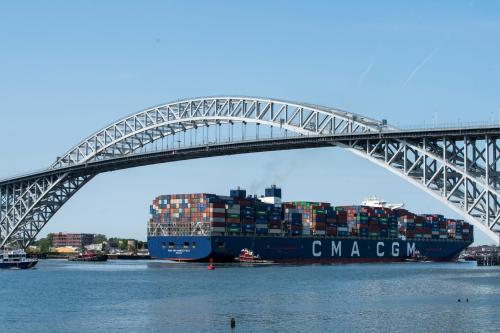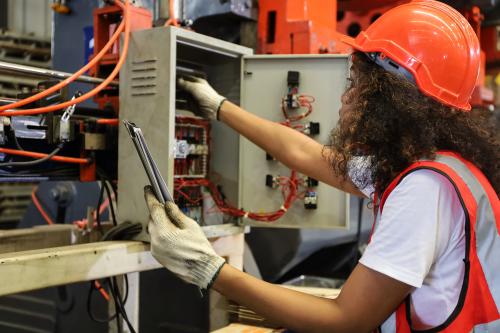More than six months into the Trump presidency, uncertainty still surrounds any potential federal infrastructure plan. Instead, the only formal movement is from Congress, where the annual appropriations process includes proposed eliminations or significant cuts to major programs within the U.S. Department of Transportation (DOT), Environmental Protection Agency (EPA), and many other agencies.
Despite these rollbacks, though, there is one nascent infrastructure effort that continues to gain bipartisan support and is setting new precedent for federal, state, and local collaboration: the Water Infrastructure Finance and Innovation Act (WIFIA) program.
Initially enacted by Congress in 2014, the WIFIA program represents a new type of federal credit assistance program designed to provide low-cost loans and loan guarantees to eligible borrowers for a range of water and wastewater projects across the country. WIFIA, in turn, not only represents an innovative tool that can unlock additional investment, but it also serves as a useful model for federal leaders to consider as they experiment with more cost-effective financing strategies across all types of infrastructure in years to come.
Administered by the EPA, the WIFIA program is similar to the Transportation Infrastructure Finance and Innovation Act (TIFIA) program, a longer-standing effort that has helped DOT support dozens of different transportation projects nationally. In short, WIFIA offers greater financial flexibility to a wide variety of utilities, municipalities, and other eligible entities who may lack the capacity to fund water infrastructure upgrades, by helping cover up to 49 percent of project costs and targeting large-scale improvements.
Not surprisingly, WIFIA has piqued interest among policymakers, planners, and other industry groups to complement existing federal water programs, such as the multi-billion-dollar State Revolving Funds, and help address the country’s water infrastructure challenges. Although the WIFIA program is only one small part of the EPA’s budget – totaling about $25 million – it can leverage additional financial resources over time that go beyond the initial federal subsidy. In other words, unlike federal grants, WIFIA loans depend more on the ability of borrowers to generate revenue, reduce investment risk, and consider other forms of private and nonfederal financing; as a result, it is estimated that the initial federal subsidy can drive more than $2 billion in water loans.
In this way, the WIFIA program has the potential to accelerate widespread infrastructure improvements, based on the competitive selection of eligible projects in small and large communities alike. Earlier this year, the EPA announced a Notice of Funding Availability to do just that, receiving 43 letters of interest from utilities and other groups across 19 different states. In total, the demand far outstripped the amount of WIFIA loans available, resulting in the selection of 12 entities across nine different states who will be invited to submit final applications for funding.
Upon selection, the finalists must still undergo a detailed financial and engineering review, but the range of geographies captured and water projects covered – in size, type, and cost – illustrate WIFIA’s extensive reach. From a $625 million loan to support a “biosolids digester” facility in San Francisco to a $43 million loan to support sewer upgrades in St. Louis, WIFIA finalists target a number of different projects that service more than 20 million people nationally. Collectively, projects in California account for more than half of the WIFIA loan total ($1.3 billion), followed by those in Indiana ($436 million) and Maryland ($200 million). When combined with municipal bonds, private financing, and other sources, the $2.3 billion in WIFIA loans are designed to support water projects costing more than $5.1 billion.
However, WIFIA loans remain a largely new, untested tool, and several concerns remain on how they will gel with existing water financing programs; they are not a substitute for other programs, but rather another tool for policymakers to consider. The State Revolving Funds, in particular, remain the primary channel for federal water investment, and current appropriations bills are aiming to slash these programs by more than $200 million. Meanwhile, environmental regulations crucial to water quality, such as the Clean Water Rule, also remain on the cutting block.
Still, amidst ongoing federal uncertainty and looming budget cuts, programs like WIFIA can strengthen regional collaboration, boost financial flexibility, and renew infrastructure investment. Time will tell how effective these loans can be in getting projects done nationally, but they mark a step in the right direction at a moment with little to no infrastructure leadership in Washington.
Thanks to Annie Rice for research assistance on this post.








Commentary
Despite federal infrastructure cuts, EPA’s WIFIA water loan program holds promise
July 24, 2017